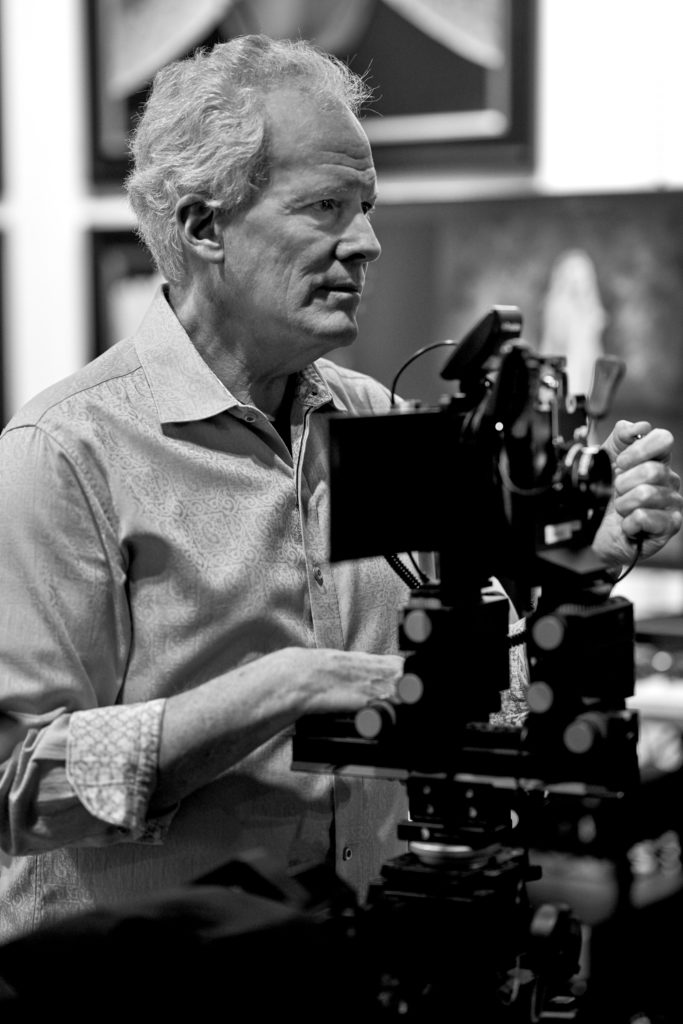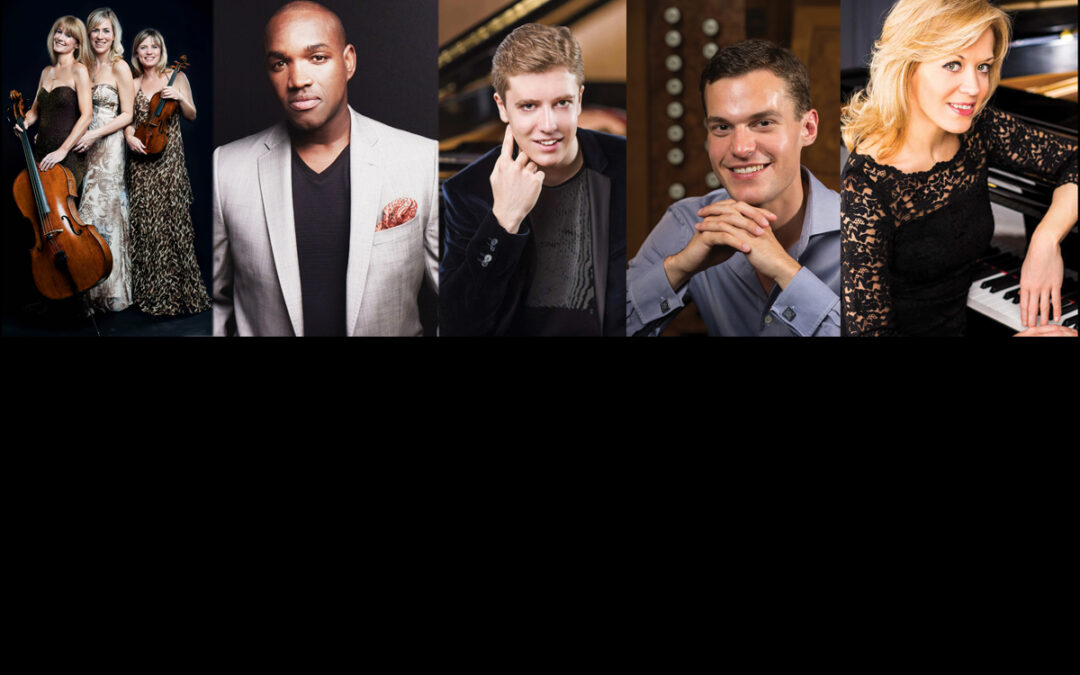By Bonny Osterhage
Photography by Nina Padilla
Some photographers take a picture. Kevin G. Saunders makes a portrait. “The word ‘take’ is an important distinction,” says the Amarillo-raised artist. “I create a likeness of somebody that they would choose to represent them.”
Inspired by the works of John Singer Sargent and Yousuf Karsh, Saunders is perhaps best known for his “A Collective Vision” Notable People of San Antonio in 2020, anexhibit housed at the Brick Event Center in the Blue Star Arts Complex in January 2021. Featuring 69 black and white portraits of some of the city’s most recognizable faces, the collection was designed to pay tribute to the contributions of community leaders in San Antonio amid one of the most pivotal years in history. The most notable face not featured in the collection, however, might just be his own. Completely self-taught, Saunders has made a career of his craft later in life after an extraordinarily colorful path that included ballet dancing, truck driving, bike racing, and aviation manufacturing (to name a few). He specializes in large-scale portraits on canvas, using both digital and hand-painting techniques to add the finishing touches that turn the images into works of art. Today, at the age of 64, Saunders has a goal of becoming the “best master portrait artist of the 21st century,” and he is going “all in” to do what it takes to achieve that vision.
How did you select the “notable people” for your exhibit?
I wanted to showcase people who were givers. People who were doing, or trying to do, something substantial within the community during a year that will always be remembered. I selected the first round based on people that I knew who met the criteria. The final 26 were selected via a bipartisan nominating committee chaired by Dr. Pat Burr, former Dean of the School of Business at University of the Incarnate Word.
You’ve had a notable career path that has included everything from ballet dancer to sailboat racer, to owner of an industrial design firm. How did you end up as a master portrait artist?
I was always involved in the arts. I studied music and ballet in high school, but I was what you’d call an “underachiever.” I got my GED and drove 18-wheelers for a few years before enrolling at Westminster College in Missouri, where I graduated with a degree in biology with an emphasis on anatomy, something that has proven useful in my current career as I study the human form. I’ve owned four businesses over the years, and I’ve had great successes and spectacular failures, and I’ve learned a lot along the way. The most important thing I’ve learned is that my dream is to become this century’s master portrait artist on the level of Karsh. Thanks to a life coach showing me my true calling, I understand the level of commitment and dedication involved, and I am determined to hone my craft.
What sets you apart from other photographers in the industry?
My father was a gifted photographer, and he taught me about things like light and shutter speed, but the rest comes from how I relate to people. I am an empath, and I can sense what people need and see them in the way that they want to be represented. This job is 98% psychologist, priest, and therapist, and about 2% photographer.
You specialize in large-scale works with even larger scale price tags (a 30×40 plus frame starts at $20,000). Why did you choose such a unique niche?
When I was growing up, my mother had a large-scale portrait hanging over our piano, and it made a big impression on me, serving as a permanent impression of her as the regal matriarch. In today’s world where everyone is tearing down traditions and institutions, I feel that formal portraiture is worth saving and celebrating. My work is a legacy, preserving and representing people for future generations. That’s priceless.
Where do you see yourself and your work in ten years?
Moving forward, I want to create “notable” portraits for international clients, but my ultimate goal is to be the best master portrait artist in the world. I am an all-in type of person and I understand that if you want to be the best at something, you have to do the work and pay the price. I know the pain and persistency it will take to get there, and I have a strong support system in my wife of 32 years. I believe that my calling is a gift, and I have a moral obligation to fulfill it. That’s the nature of a calling; you don’t choose it, it chooses you.










0 Comments